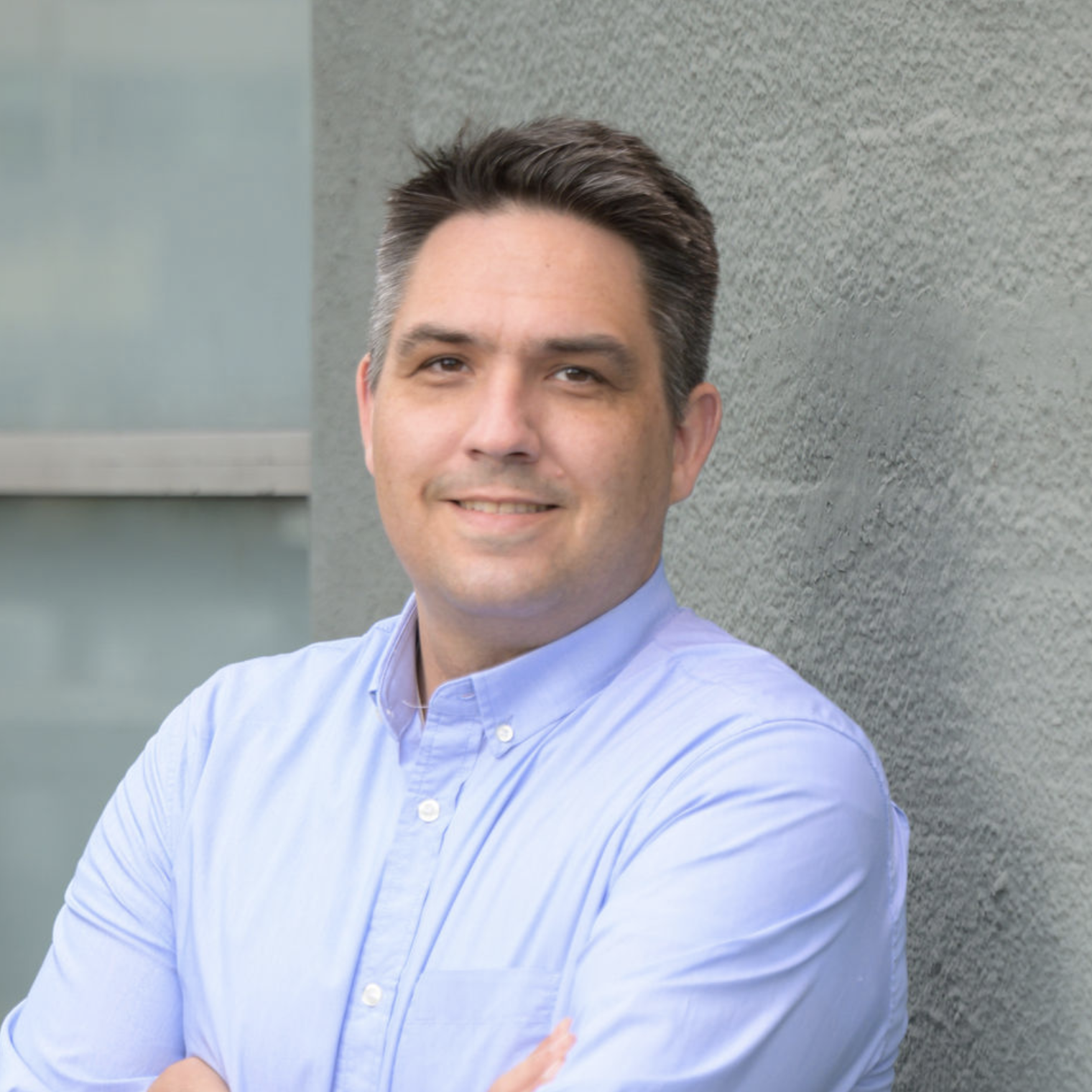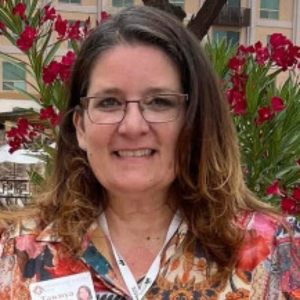How Senior Care Communities Can Save Money and Optimize Resources with AI
Artificial intelligence is increasingly recognized for its many advantages in senior care communities—from boosting resident safety to improving staff productivity. While adopting AI often involves a significant upfront investment, it can also lead to substantial cost savings and more efficient use of resources in the long run.

Holly Bossert, vice president of sales at OneStep
AI is particularly valuable for optimizing resources and staffing. It can help address staffing shortages and high caregiver workloads, which are ongoing challenges for communities. For example, communities can use AI to predict staffing needs, automate administrative tasks, and monitor residents in real time. In turn, communities can use their resources more efficiently while ensuring they don’t overburden or overwhelm staff. “This leads to better care, reduced burnout, and a more sustainable workforce—allowing caregivers to focus on what matters–meaningful interactions with residents,” says Holly Bossert, vice president of sales at OneStep.
Traditional staffing methods use fixed schedules that don’t account for fluctuating resident needs. This often leads to overstaffing during slower periods and understaffing when demand is high. AI-driven workforce management tools can help ensure optimal staffing levels. These tools use predictive scheduling software, which uses real-time data, including resident activity levels, historical trends, and external factors like flu season outbreaks.

Dharam Khalsa, certified senior advisor and CEO and co-founder at Mirador Living
This technology optimizes staffing to ensure quality care while eliminating unnecessary labor costs. “Additionally, AI-powered analytics can forecast shortage periods ahead of actual realization and trigger proactive administrative moves on hiring or reallocating personnel,” says Dharam Khalsa, certified senior advisor and CEO and co-founder at Mirador Living.
Additionally, AI uses machine learning algorithms to evaluate elements while complying with time constraints, such as resident needs, staff availability, and compliance requirements. The technology can even incorporate employee preferences for optimal schedules. As a result, AI can generate optimal schedules in minutes—saving hours of manual effort typically required by staff and allowing staff members to be productive elsewhere.
AI-powered scheduling platforms can also accommodate last-minute changes, like if a caregiver calls out sick, by identifying and notifying the best available replacements. These benefits go beyond efficiency and help reduce stress levels by avoiding overworking employees, which can help improve staff retention and overall job satisfaction.

Costin Tuculescu, CEO at ONSCREEN, Inc.
Costin Tuculescu, CEO at ONSCREEN, Inc., highlights how AI can maximize a community’s human resources. “We need to focus human resources on tasks that only humans can do, and leverage AI where it can fill in the role of a human,” he says. “For example, AI can collect information from a resident, such as interests, activities they want to attend, meal preferences, and more. This frees up staff for more important roles like helping someone who fell.” Once AI collects information such as details about a resident’s medication adherence or pain levels, it can use that information to prioritize which residents need help right away to optimize staff time.
By optimizing staffing resources, AI enables senior care communities to deliver high-quality care using their existing teams. This can prevent staff from becoming overworked, leading to higher morale and better retention. As a result, communities can reduce turnover-related expenses and minimize the time and costs associated with training new hires.
AI can also help prevent resident falls by identifying risks in real time. If a fall does occur, it can immediately alert staff, enabling a quick response and improving overall resident safety. Non-invasive sensors, like radar, audio, or cameras that only capture people as stick figures, can be used to achieve ambient monitoring. These sensors give residents the peace of mind that they’re not always on a camera, but they also have the assurance that monitoring is in place in case they fall or get hurt. “In addition, over the long term, AI can start to understand a person’s gait and patterns, and raise alerts in case there’s any deviation from the norm, which might indicate a potential fall risk,” says Tuculescu.
AI companions, like ONSCREEN’s Joy, can routinely interview residents, asking specific questions to assess their fall risk. “Based on responses given to questions asked by the platform, Joy can generate a fall risk score, which can then be used to prioritize more check-ins or visits to this resident, to increase their safety,” Tuculescu explains. “All of this can be done without taking away time from the staff.”
AI’s use of smart sensors, real-time alerts, and predictive analytics can identify fall risks without adding any extra work for staff. “By automating assessments and streamlining monitoring, AI helps caregivers stay focused on hands-on care while keeping residents safer,” says Bossert. “At OneStep, we do this with AI-powered motion analysis through just a smartphone, tracking mobility in real time, spotting changes that could lead to falls, and predicting risks early.”
Resident falls not only have negative health impacts, but also require staff time and community resources. By enhancing resident monitoring and helping identify residents most at risk for a fall, AI enables communities to allocate staff more effectively and potentially prevent incidents before they occur.
These are a just a few ways that AI can help senior care communities optimize their resources and save money. We’ll continue this discussion in part two of this article.

Paige Cerulli is a contributing writer to i Advance Senior Care.
Related Articles
Topics: Facility management , Featured Articles , General Technology , Information Technology , Operations , Risk Management , Staffing











